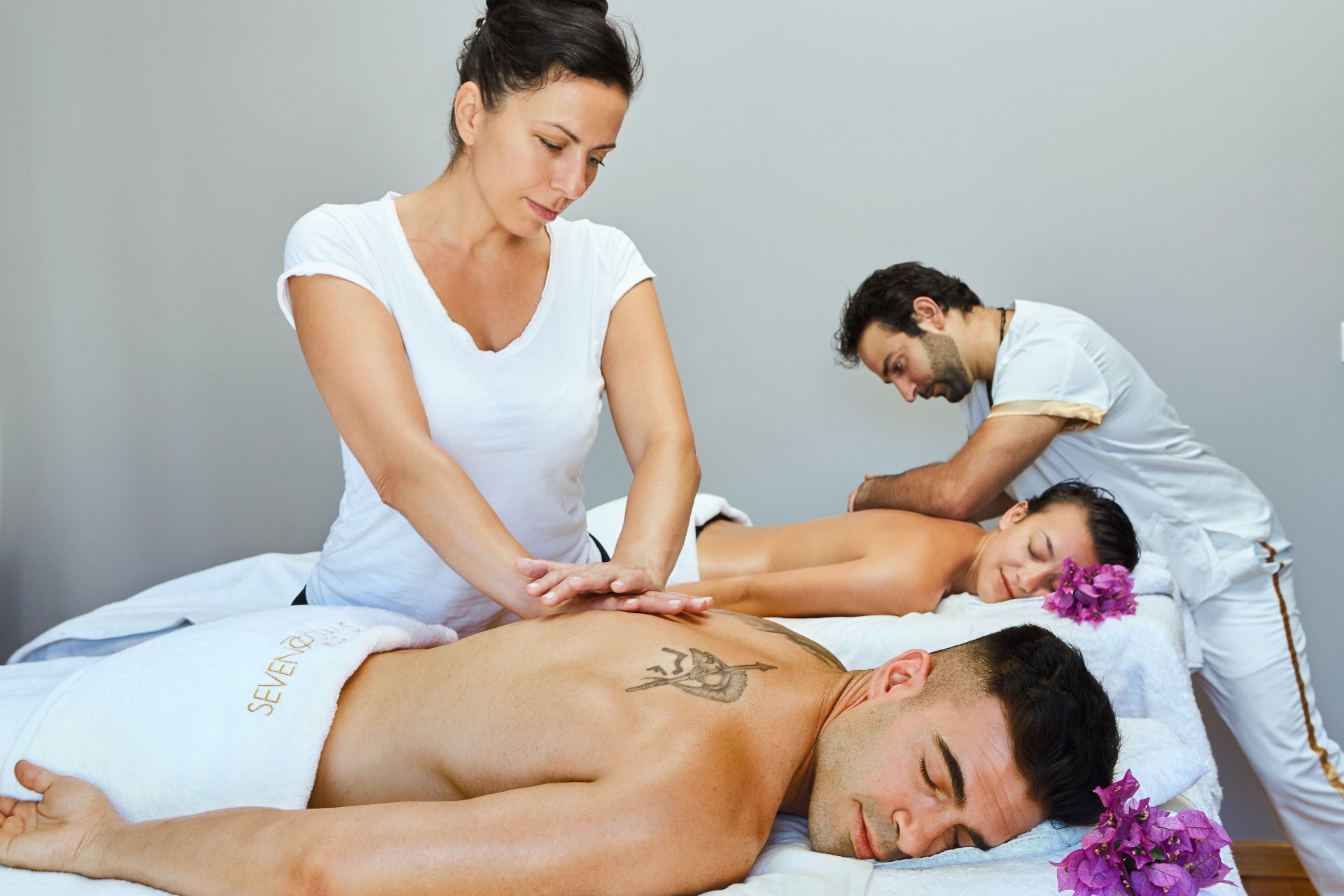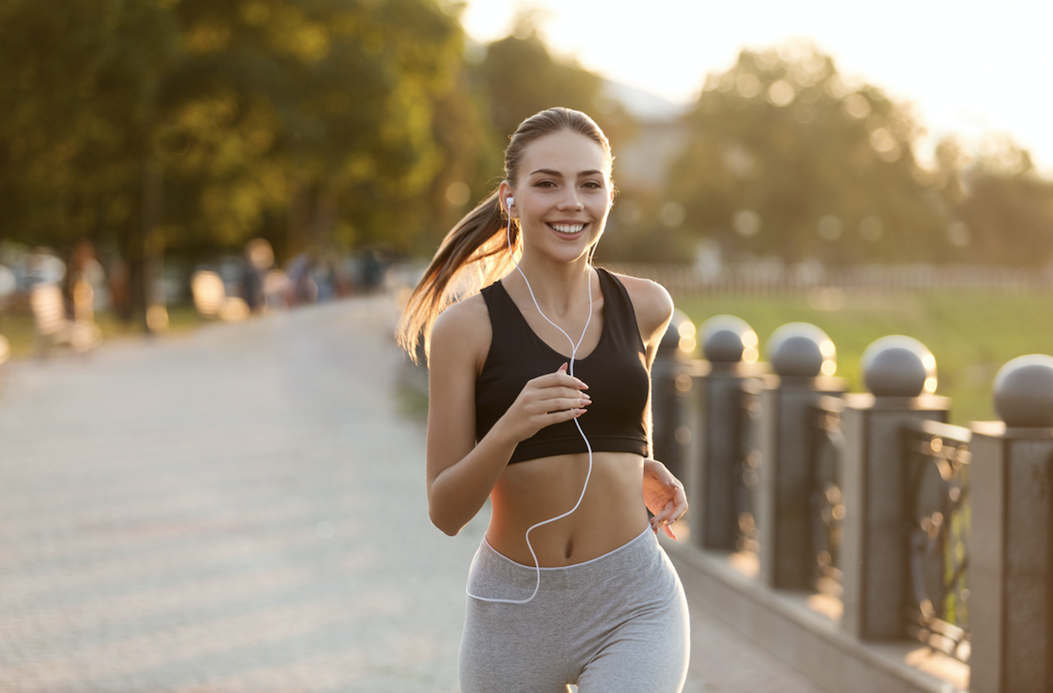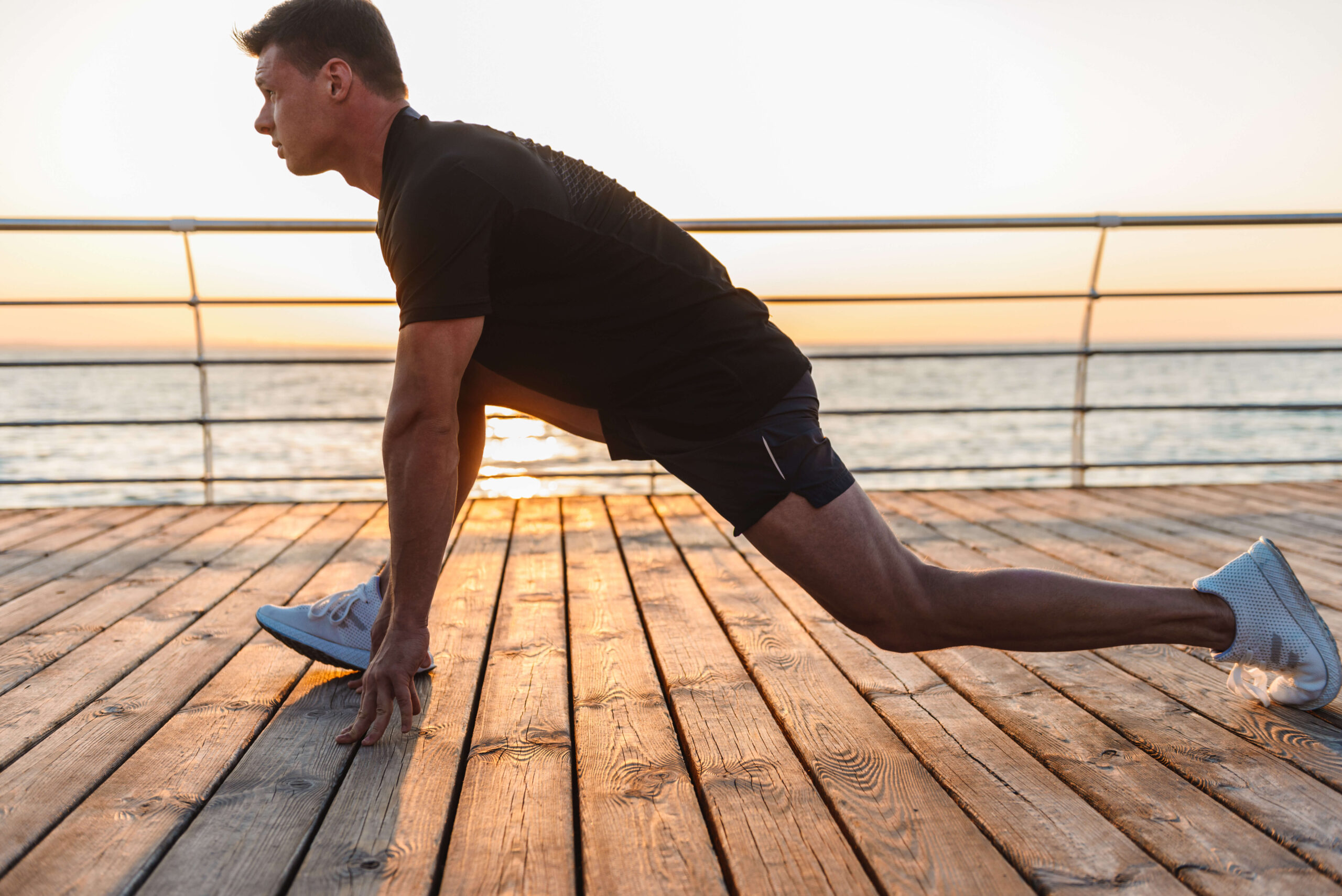Should You Use a Impact Massager Everyday

It depends, but the use of an is mainly based on individual needs and body responses for the purpose it would be used. The impact massager is great to get rid of muscle soreness, improve blood flow, and hasten recovery. Detailed analysis from the aspects of target users, frequency of use, body response, etc., shall make you more informed about daily effects and precautions to be taken while using an impact massager.
Target Users
Because needs and applicability differ, the effects and recommendations for use therefore differ for each group.
Professional Athletes
The daily use of an impact massager will reduce post-training muscle tension and speed up the process of recovery. Among athletes, the daily use of the impact massager contributes to a reduction of muscle soreness by over 30%. Moreover, it improves one's rate of recovery. This product can be used right after strength training, long-distance running, and high-intensity interval training to reduce soreness and promote metabolism.
Fitness Enthusiasts
It helps fitness enthusiasts reduce muscle stiffness and fatigue by using it for short periods each day, especially in the legs, shoulders, and back. Medical experiments indicate that moderate-intensity exercisers who use an impact massager for a 10-minute period after every workout reduce DOMS (Delayed Onset Muscle Soreness) by 20%-25% and improve muscle flexibility.

Office Workers who are Sedentary
The impact massagers used every day can take away the stiffness of the neck, shoulders, and lower back of people who have to sit for a long time. Especially around the neck and shoulder area, the tension can be reduced by about 25% with 5-minute daily use, with significant improvement in comfort while working. It is recommended that office workers use the low-frequency and short-duration mode in order to decrease the load on their muscles and keep their posture relaxed.
Older Adults
As the elasticity of muscles and mobility of joints are lower for elderly individuals, it becomes required to control the usage frequency. It was reported in studies that frequent use by seniors-3 times a week-leads to a 12%-15% increase in joint flexibility, which contributes to alleviating chronic symptoms such as knee pain.
Frequency of Use
The more frequent use of an impact massager, the higher the degree of muscle recovery and fatigue, but excessive frequency will cause muscle overload and soft tissue fatigue.
| Target Group | Daily Use Frequency | Duration | Weekly Frequency | Recovery Effect |
|---|---|---|---|---|
| Professional Athlete | 1-2 times | 10-15 minutes | Daily | Accelerates the recovery process by 20% |
| Fitness Enthusiasts | 1 time | 10 minutes | 3-4 times/week | Reduces DOMS by 20%-25% |
| Office Workers | 1 time | 5-10 minutes | Daily | Relaxes neck and shoulder tension by 25% |
| Elderly | 1 time | 5-10 minutes | 2-3 times/week | Improves flexibility by 12%-15% |
Appropriate frequency prevents the build-up of fatigue. For high-intensity exercisers, daily use is quite good for the muscles, while for those who are into moderate-intensity fitness, they can afford to decrease the frequency for which balance between fatigue and recovery is required.
Body Feedback
During the use of an , there is body feedback to directly reflect the result of positive massage effects on the muscle. Observing these responses can help in optimizing the effectiveness of the massager for an optimal result.
The appropriate frequency of the impacts promptly triggers the muscle fibers for activation, thus helping them prepare for action. According to one sports journal, it was indicated that with an impact massager, doing it daily for warm-ups resulted in an increase in speed in response by about 15%, thereby developing better athletic performance.

It therefore follows that a 10-minute impact massage after training may accelerate muscle recovery by some 20%, effectively reducing muscle soreness from the buildup of lactic acid. The use of medium-frequency mode for 5 minutes operating on leg muscles can raise flexibility by 7%-10%, helping improve general flexibility and athleticism.
By sensing and analyzing these positive body feedbacks, users can better tell if the frequency and intensity of the impact massager are appropriate to maximize the effects on muscle recovery and flexibility improvement.
Benefits for Various Body Parts
Neck and Shoulders
Low-to-medium frequency massage serves the neck and shoulders best. Up to 5 minutes of daily impact massage to the neck and shoulders could reduce fatigue by about 20% and notably improve comfort in those areas.
Back
The back muscles respond best to medium-high frequency modes, mainly for relaxing the lower back muscles and alleviating soreness caused by long-time sitting. Daily use of a back massage for 10 minutes raises the flexibility and relaxation of the back muscles by 15%-18%.
Legs
Doing high-frequency strikes on thighs and calves effectively stirs up lactic acid excretion; Thus, it helps to reduce soreness after training. Exercise physiology experiments proved that striking at a high frequency on the legs for 10 minutes increases the metabolism of lactic acid by about 30%, which reduces the fatigue level substantially.
Arms and Elbows
The arms are suited to low-frequency mode 3-4 times a week, never for more than 10 minutes. Frequent use can easily lead to arm fatigue; Low frequency is very efficient in reducing tension within the arm and enhancing its softness.
Time Differences
According to records from the Journal of Muscle Rehabilitation, choosing the right time of day enhances the recovery and relaxation effects of a .
The low-frequency exercises in the morning wake up the muscles and promote blood circulation, hence getting you ready for morning activities. A morning low-frequency massage, for example, increases blood flow by around 10%, thereby increasing endurance during the day.
This high-frequency mode will help to metabolize lactic acid after exercise rapidly and promote muscle recovery. It reduces the recovery time by about 25% right after exercising, hence best used right after strength training, running, or similar activities.
These low-to-medium frequency modes before bed serve to relieve muscle tension and further allow for sounder sleep. A 10-minute massage before bed can raise deep sleep by about 15%, which is especially useful if one has chronic neck and shoulder tension.
Daily Benefits
There are three basic, major benefits derived daily from using an impact massager: quick muscle recovery, increased blood flow, and better flexibility.
This will help accelerate the process of lactic acid metabolism and consequently reduce the post-workout soreness. The studies of muscle rehabilitation showed that 10 minutes of high-frequency impact increases the recovery speed by 20%, which is very useful after strength and endurance training.
Deep vibrations of the massager increase the local blood flow and hence enhance the delivery of oxygen and nutrients. According to circulation physiology data, an impact massager can raise the local blood flow by 40% while used at high frequency.
The impact massage does to improve muscle flexibility, especially in the legs and back, is great. It was shown in one sports rehabilitation survey that in just 10 minutes of use, flexibility increases by about 10%, laying a good foundation for further training.
Assistive Warm-Up
It can be used as an assistant during warm-ups in order to develop athletic capabilities and reduce the possibility of sport traumas. Such an during warm-ups can prepare muscles for work straightaway and raise the speed of muscle responses. As researches about sports warm-ups claim, muscle response time can be reduced with the help of using a massager by about 12%. This, in turn, enhances performance.

Low-frequency impact helps improve flexibility in the musculature of the joints, and for that reason, it can be perfectly used before strength training. The impact massager can increase the mobility of the joints during a warm-up by as much as 10%-15%. The low-frequency vibrations of the massager relax the muscles; the result is reduced muscle stiffness and risk of strain or injury, hence great preparation, especially for high-level activities such as squats or running.








